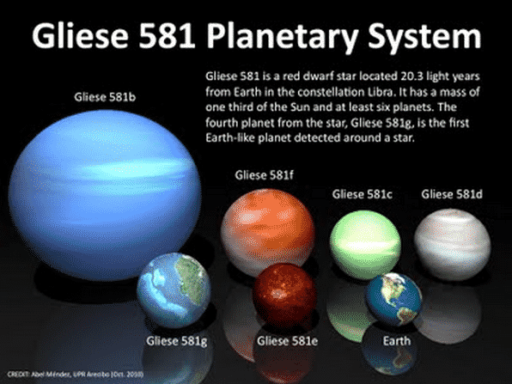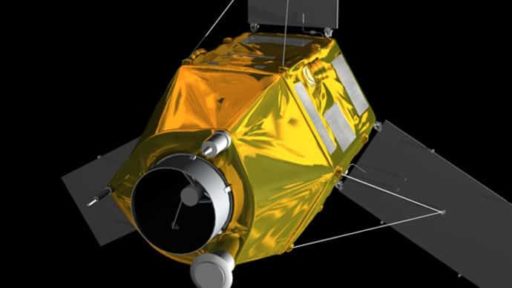We have thousands of Satellites orbiting the Earth. They serve various purposes; some are used for basic weather forecast and some are used for military projects. But how cool would it be if you can see all the Satellites orbiting the Earth in a Map?
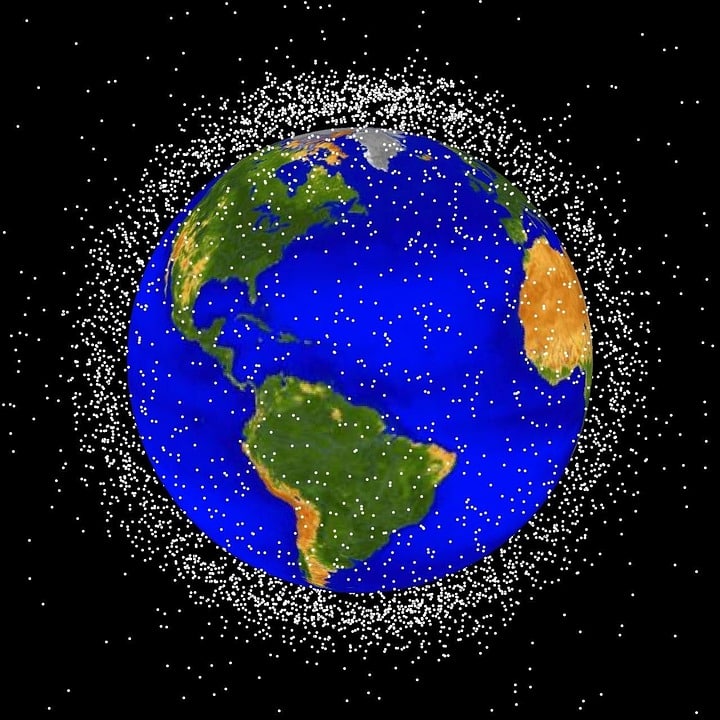
Our Ancestors would be jealous of us!
The reason? They never got to see the Earth from Space. Be honest and answer the question, aren’t you fascinated by Space images? Definitely, you are! But have you ever thought about how we get those images?
We have thousands of Satellites orbiting the Earth. They serve various purposes, some are used for basic weather forecast and some are used for military projects. Luckily, anyone can see the movement and location of these satellites given a certain time and location using simple online applications.
Satellite Maps Live
Now how cool would it be if you can see all the satellites in real time? Whether you are a space enthusiast or just a tech-freak, watching satellites in a live 3D map is anything but not a time-waste! In fact along with their movement you can even see the exact date and time that a satellite will fly over your location. Read along as this blog walks you through two of the websites meant for observing Satellite Maps live.
Stuff in Space
This is a website which contains a real-time 3D map of all the objects orbiting Earth. Now for those of you who are skeptical of its accuracy, know that it updates on a daily basis. This website uses the satellite.js Javascript library to calculate satellite positions using data from Space-Track.org, run by the US Defence Department.
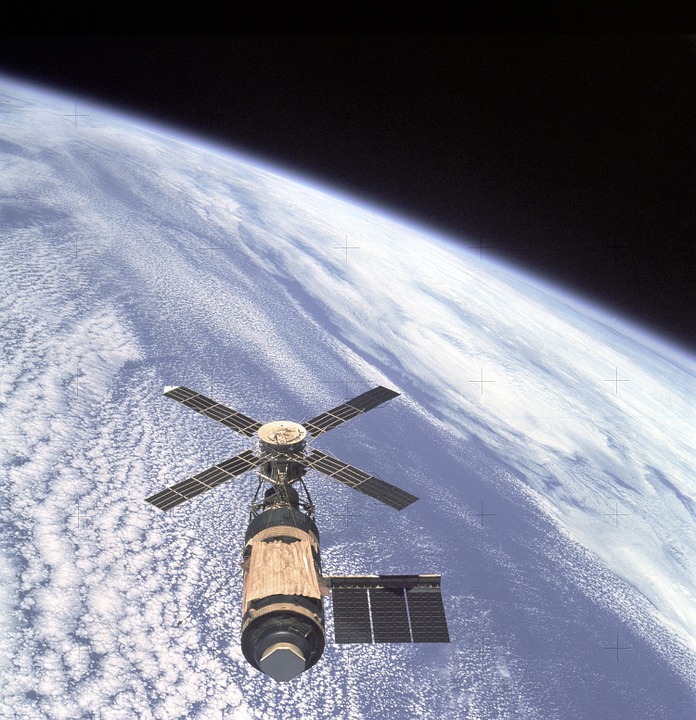
This website is created by James Yoder, an alumnus of the First Robotics Competition (FRC). Chances are you will get carried away by its fun tools, though there aren’t many. You can use the search bar at the top left side corner and search satellites by random phrase. Or else just use the scroll bar on your mouse to zoom in. Don’t get frustrated if the resolution gets poor. The website needs some time to settle in.
Now you will see hundreds of dots over the globe. You can’t see them moving until you have zoomed in. Now, when you have zoomed enough you will see the dots moving. Hover your mouse over one of them and a straight line will appear circling the entire globe. Hold the Right Mouse button and Move it to spin the globe in any direction you want.
Want to see for yourself. Click to visit the Website. But do come back to learn more about Satellite tracking.
In-The-Sky.org
This website offers more features for satellite tracking. For starters, you can use any of the four views available- 3D Globe, World Map, Satellites Your Horizon and Planetarium View. With each type of view, you will get a handful of filtering options.
Most notably try their Satellite Observing Opportunities feature. This feature lets you sort out a list of Satellites that will fly over your location on any given day. Start off by selecting your location and date. Additionally also use the sorting criteria ‘Spacecraft Brighter than‘. In simple words, this information will help the website look for satellites that are brighter than your selected brightness level.
Once you have filled in the filter area scroll down and see the tables. The tables are very informative. It will give you information about the Starting, Highest, and End time of satellites. Similarly, you will see other data as well as a diagram of the pass. How cool is that?
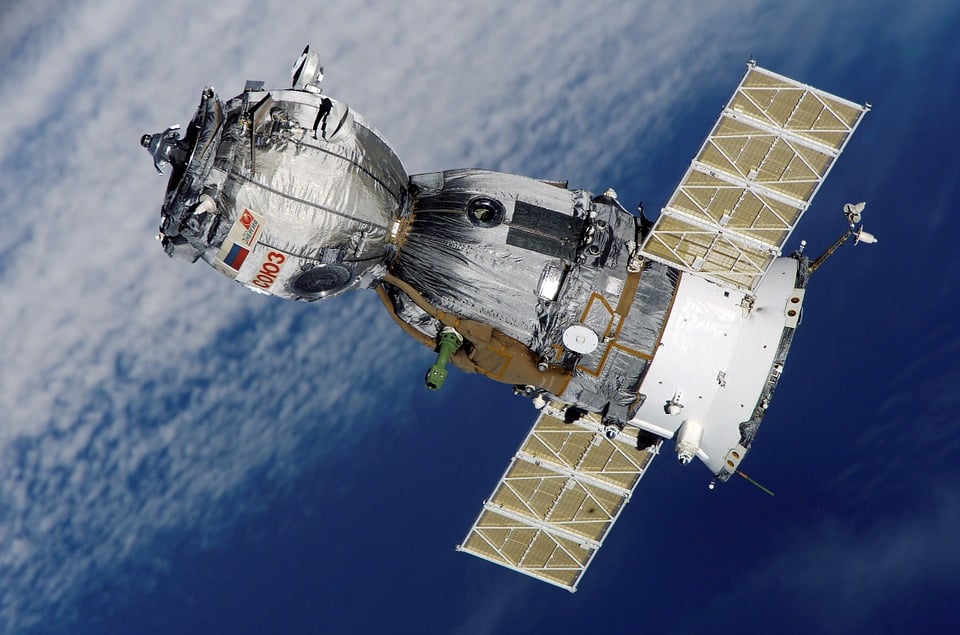
Want to go straight tot he website. Well, that’s what I thought. Click here to visit the Website.
Wrapping Up!
All generation of humans were fascinated by Space. Ironically our passion for Space Exploration has created a new problem. We have succeeded in polluting the space in irreversible measures.
According to the European Space Agency, there are roughly 170Million pieces of space debris roaming freely in the space. Given their size they might not seem dangerous. But include this in your calculation- these space junks travel at speeds of tens of thousands of miles per hour! Please let us know what you think about the issue.
In the meantime why not read about the college students who are planning to reach outer space by the year 2019. Don’t forget to read the part which describes how Reusable Rockets are driving down rocket launch costs. Click here to read the blog!

